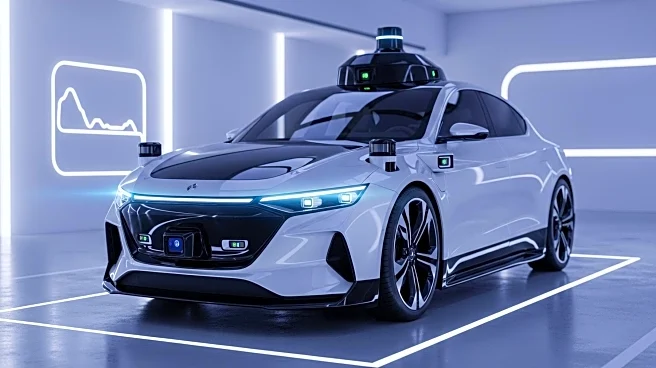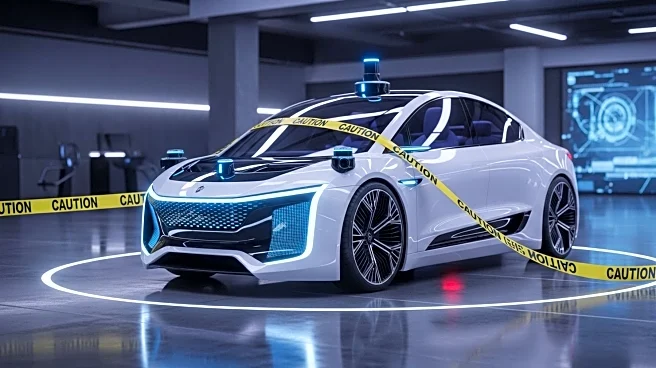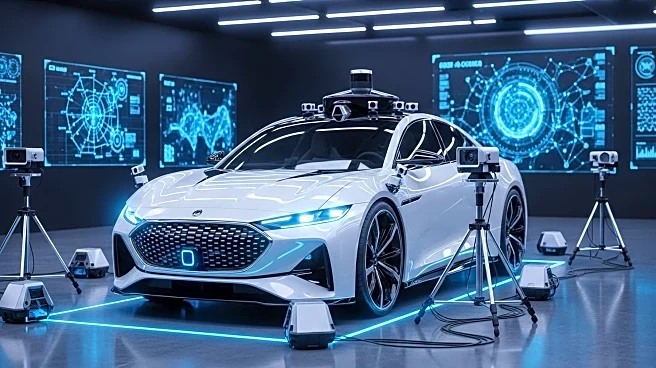What's Happening?
The National Highway Transportation Safety Administration (NHTSA) is investigating nearly 3 million Tesla vehicles equipped with full self-driving (FSD) technology following reports of crashes. The investigation focuses on incidents where Teslas failed to stop at red lights or drove on the wrong side of the road, leading to collisions and injuries. This probe is part of ongoing regulatory scrutiny of Tesla's autonomous driving systems, which have been under investigation for several years. The NHTSA aims to assess the safety of the FSD feature and determine if it poses a threat to public safety.
Why It's Important?
The investigation is significant as it could lead to a recall if the NHTSA finds that Tesla's FSD technology is unsafe. This scrutiny highlights the challenges faced by automakers in developing reliable autonomous driving systems. Tesla's FSD feature is a key component of its business strategy, promising advanced driver-assistance capabilities. However, safety concerns could impact consumer confidence and regulatory approaches to autonomous vehicles. The outcome of this investigation may influence Tesla's market position and the future of autonomous driving technologies.
What's Next?
The NHTSA will continue to evaluate the safety of Tesla's FSD technology, potentially leading to recalls if safety issues are confirmed. Tesla may need to address any identified flaws and improve its systems to comply with safety standards. The company could face increased pressure from regulators and consumers to ensure the reliability of its autonomous driving features. The investigation may also prompt other automakers to review their technologies to avoid similar scrutiny, influencing the development and deployment of autonomous vehicles.
Beyond the Headlines
The investigation underscores broader ethical and legal questions surrounding autonomous driving technologies. As these systems become more prevalent, issues such as liability in accidents and the balance between innovation and safety will become increasingly important. The case highlights the need for clear regulatory frameworks to guide the development and deployment of autonomous vehicles, ensuring that they are safe and reliable for public use.










